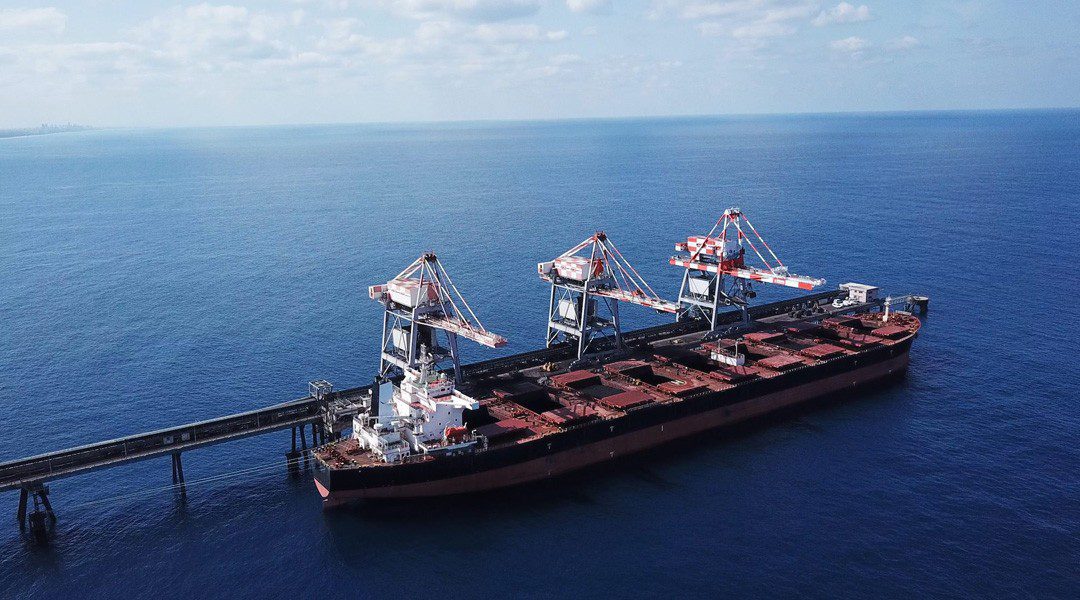Broker Gallagher has released its preliminary analysis of the Clubs’ 2021-22 results. Twelve of the 13 Clubs have given results indications and eight so far have released detailed financial statements.
Of the 12 Clubs that have so far fully reported, 11 saw a natural decline in Free Reserves while two, Gard and SOP, saw Free Reserves increase during the year. Free Reserves at London Club increased, but only at the cost of an excess call against three policy years in the autumn of 2021.
The natural trading deficit of the International Group for 2021-22 was in the region of $375m, “which when compared with projections at the hallway stage of the year, is perhaps better than might have been expected”, said Gallagher.
Indeed a decline in Free Reserves of just 6.5% in a year beset with continuing Covid-19 related claims, record levels of pool losses in the first half of the year and negative investment income across the second half of the year was, whilst not a triumph, at least worthy, said Gallagher
Standard & Poor’s downgraded Japan Club in July 2022 from BBB+ positive to BBB stable, which Gallagher said no doubt reflected Japan Club’s “particularly poor performance in the year”. No other ratings changes have yet emerged, with the results cycle being virtually complete.
The primary driver for the overall result was the underwriting result. Investment income and other income collectively had no direct impact on the outcome, save by their absence.
| (US$m) | 2022 | 2021 |
| Underwriting Result | -346.0 | -579.9 |
| Investment return | -12.6 | 517.2 |
| Free Reserves | 4,674.0 | 4,932.4 |
The underwriting deficit was cut by about 40%, and the investment income deficit reduced to almost zero. Free reserves were exposed to the underwriting result without the buffer generally afforded by the contribution from investment. So whilst there was a clear improvement in the underwriting outcome – the loss having been significantly eaten into – there was actually a greater hit against free reserves due to the absence of that buffer.
Underwriting –Pool Losses
By August 2021 club managers were pointing to increasingly heavy, record, levels of pool losses incurred in 2021-22, following on from two earlier years of sustained high severity levels in pool claims. However, the second half of the policy year had seen a drop off in
exposure to such, and Gallagher said that it understood that the year ended with only 15 pool level claims, down from 21 the previous year.
Gallagher said that it also understood that there had been no significant pool claims during the first four months of 2022-23.“Whilst the past three years have suggested that high pool claims are here to stay, perhaps this conclusion was premature – but it is way too early to
suggest that we are seeing a decline in the significance of pool claims in premium rating”.
Covid-19 losses: At the half way point in the year the Clubs were seeing continuing high levels of Covid-19 related losses as the world cautiously emerged from the restrictions imposed by the response to the virus. It was expected that the effect of Covid on combined ratios would continue, declining with a long tail.
Premium Rating: The 2021-22 policy year reflected the second year where general increases of substance were imposed – averaging around 8%, and the impact on the result was beginning to be seen. The 2022-23 general increase averaged around 12%, but
Gallagher said that there remained some way to go to reach breakeven underwriting.
“Another year of, perhaps reduced, general increases remains a strong possibility and the spectre of excess calls still hangs over the market”, said Gallagher.
Investing
The investment markets continued to display extreme volatility in response to geopolitical instability and the impact of the pandemic and the market bounce-back from it. As much as the previous year’s positive result was a surprise – in that the yields were so good – so this
year’s poor result was more predictable, said Gallagher, noting that it had been exaggerated in the final quarter of the year. “In reality, averaged across the two years in question investment yields were about ‘typical’ and at least the surprisingly good year preceded the poor one”, said Gallagher.
The broker said that rising interest rates and inflation would continue to put pressure on real investment yields, “again confirming that the Clubs need to get the underwriting rating correct and that they cannot back off the current rate correction regime just because they appear to have made inroads into the underwriting deficit”.
Gallagher concluded that “global macroeconomic factors such as supply chain issues, inflation, tightening financial conditions and climbing freight rates are leading to heightened market volatility and increasing political risk”.






